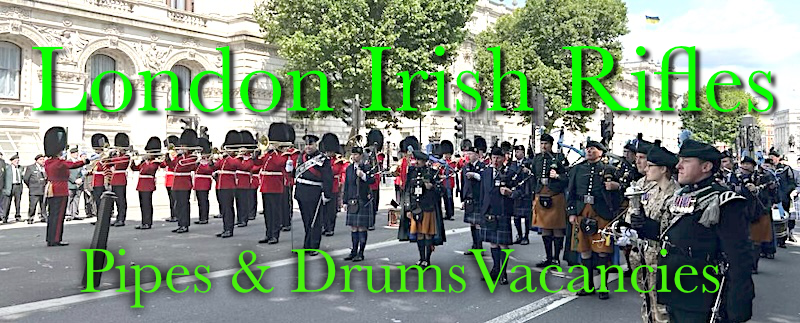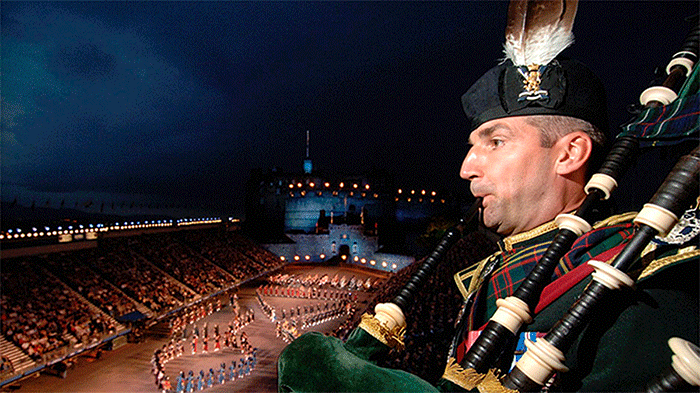
It may have been a financial failure, but 2009’s ‘Homecoming Scotland’ project brought a focus to all the things that are good about the country, certainly from a piping point of view. Ten years on they are just as relevant and brought to mind an encounter I had on a cruise holiday just before HS kicked off, writes the Editor…..
Reg was in full flow. ‘I’ve been all over the world you know, Machu Picchu, Namibia, Masai Mara, Taj Mahal; bloody great,’ he said in his distinctive Aussie twang. ‘Europe? Naw, wouldn’t want to go there mate; nothing to see. Family roots? Couldn’t tell ya mate; not interested.’
And so the conversation tailed off into what we were to do the following day and how the beer improved the closer we got to the equator. In the year of Homecoming Scotland this had to be a slightly depressing conversation.
Ten years may have passed but Reg was wrong then and he’s wrong now. Europe, the cradle of modern civilisation, will survive without him.
If you are a piper, or even if you are not, you may be thinking about next summer and making that trip to Europe, to Scotland, the ‘Land o’ the Leal’, you’ve always promised yourself. Don’t hesitate; here’s a quick run through of your ‘must sees’.
At the top of everyone’s list will be a visit to the Edinburgh Tattoo, now in its 70th Anniversary season (pictured top). I can tell you that the massed Pipes and Drums are a sight you will not forget in a hurry. Get your tickets and learn more about this iconic event here.
Once you’ve dried your eyes following the strains from the Lone Piper and been uplifted by the fireworks you can head to the nearest hostelry for a warming refreshment.
Next on your list is the World Pipe Band Championships, ‘the Worlds’, in Glasgow, the massed bands another sight to behold (Aug 14/15). Even if you know little or nothing of pipe bands this event on the city’s ancient Glasgow Green will resonate. The passion, the tension are palpable. Experience the vicarious joy of the winning bands as they leave the field.
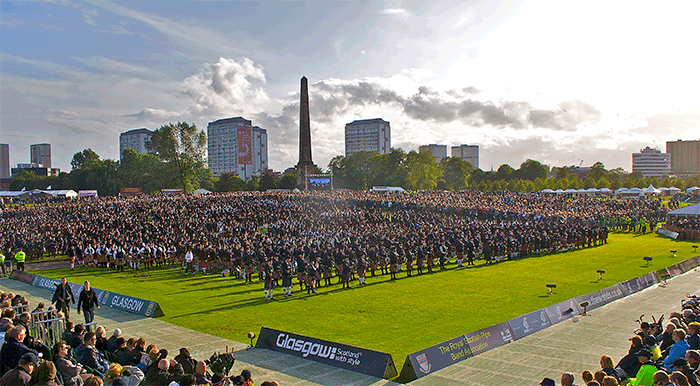
Soon you will be heading north, to Culloden, to the scene of the last great battle fought on British soil. There, just south of Inverness, on a bleak moorland, you will find a visitor centre and a memorial battlefield site still intact despite the encroachment of the developers.
Check out that set of pipes, reportedly picked up on the very field of battle in 1746 and now safely protected in a perspex cube with appropriate moisture control system – pipers will get the pun.
This two-drone bagpipe is intact with tartan cover and drones and chanter of laburnum with ivory mounts. It is two drone because the bass is missing. Well perhaps not missing, just never added. The bass or big drone is considered a later innovation in bagpipe development, though certainly by the end of the 18th century pipes with the bass drone were more the rule than the exception.
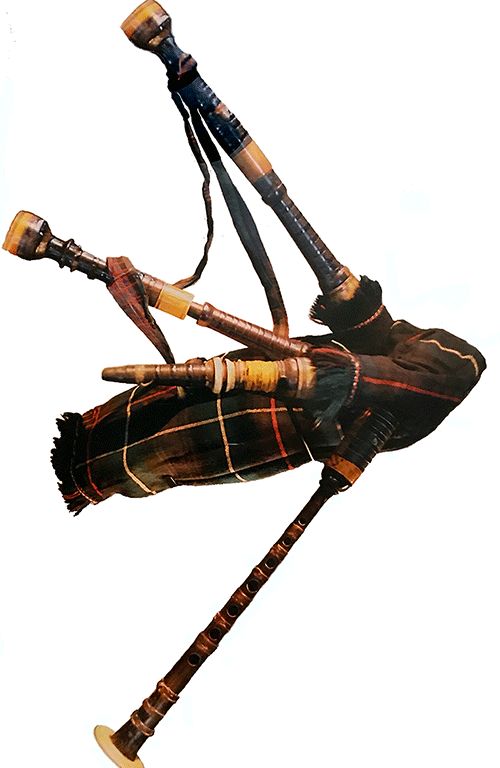
Once you’ve relived the tragedy of the battle and the legend of Bonnie Prince Charlie, you can head south-west to Oban – assuming this is now the week of August 23rd, 2020 – for one of the grandest displays of pipe music you will be privileged to hear. If the Tattoo was all pomp and power you will be impressed by the delicacy of the playing and the precision of the piping as you sit down to listen at the Argyllshire Gathering.
The first day is given over to our classical music, ‘ceol mor’ or great music. At one time this was the only serious music played on the great pipe. After Culloden it almost died out given the vehemence with which the authorities suppressed all expression of Highland culture and dress.
But thanks to the farsightedness of newly founded Highland societies and the British Army (a Tattoo connection) the music began to flourish once more. In 1903 the Piobaireachd Society was formed to preserve and recover as many of the old manuscripts as possible. As you take your seat at Oban you may pick up one of their leaflets issued free to all tourists and curious locals.
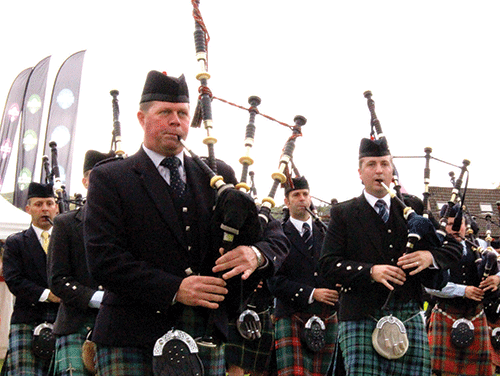
Part of it reads: ‘Most piobaireachd,…… are at least 200 years old, and many are older. Their names reflect the old Highland way of life: clan gatherings, salutes for chiefs, laments and commemoration of battles…..Even so, the tradition is still a living one, since a great deal depends on tiny nuances of expression which the pipers usually learn by direct personal tuition from older players; and the chain of teacher and pupil can be traced back without a break to the old masters……
‘To those who come to it for the first time, the sheer sound, the panache of the great players, can have an overwhelming romantic appeal. Piobaireachd is an authentic survivor from a vanished Highland way of life. ….’

Sated with the music you will now want to visit a whisky distillery, whizz past Loch Ness for you-know-what, spin round Skye (plan well ahead if you want to stay) and before flying home make sure you visit the Robert Burns Birthplace Museum (click here).
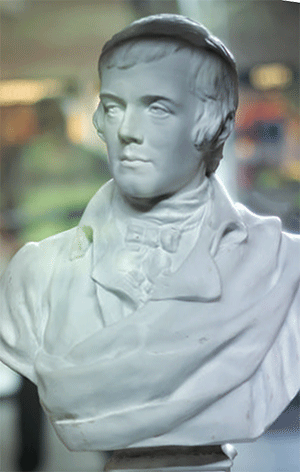
It bring’s the world’s favourite poet to life and is a fitting end to any trip to Bonnie Scotland and easily accessible from the centre of the bagpipe universe, the dear, green place. Reg, you don’t now what you’ve missed.










